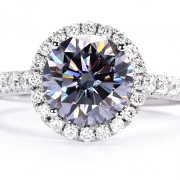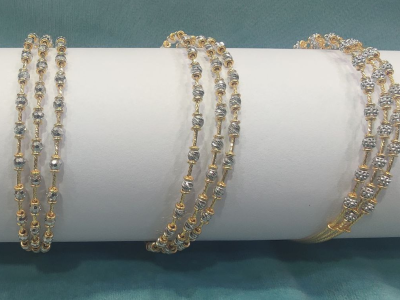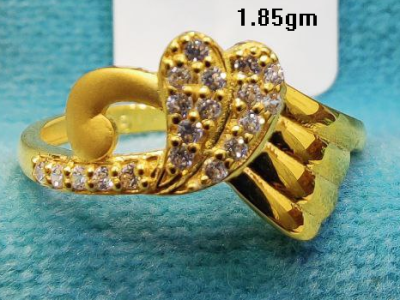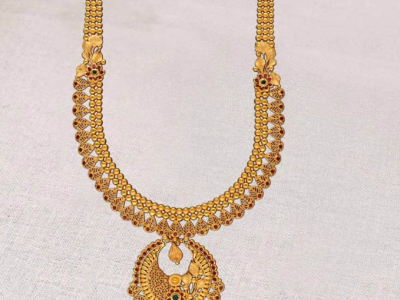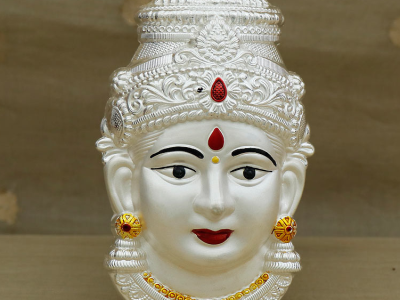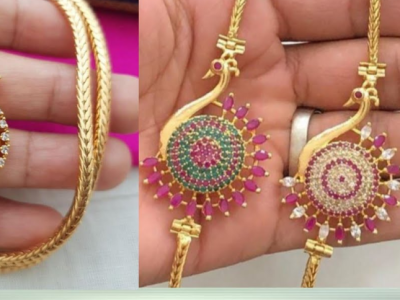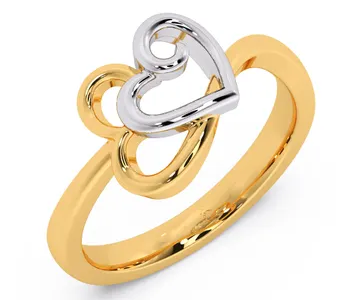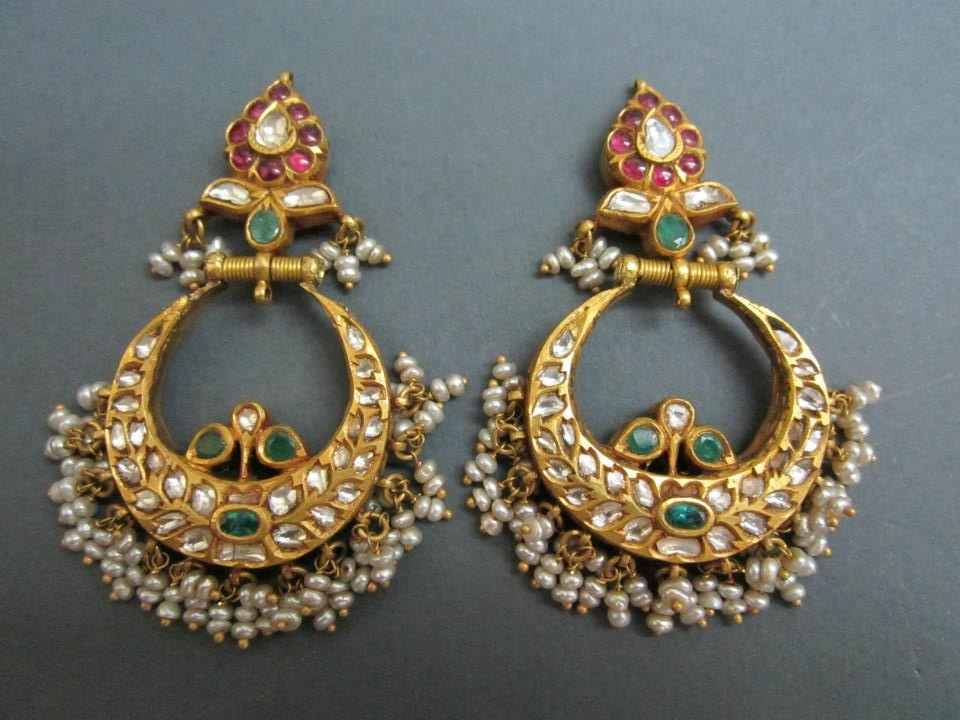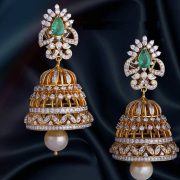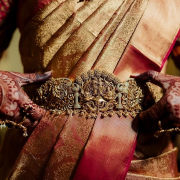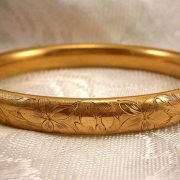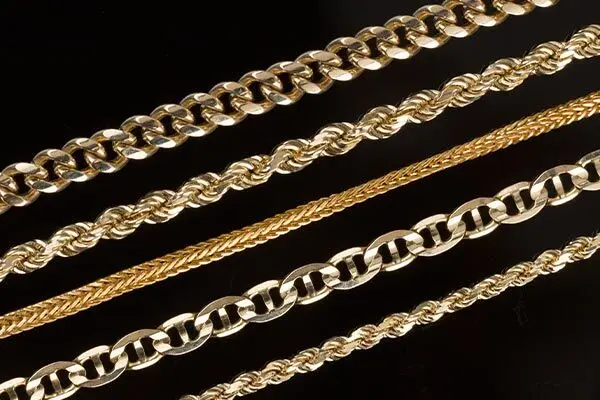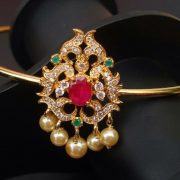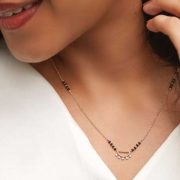When it comes to diamonds, everyone is aware of the natural sparkling white diamonds that are expensive and regal. But, black diamonds are one such rare diamonds that when amalgamated with white diamonds in jewellery, makes a great combination of black & white, that makes them look extraordinary.
Black diamond vs White diamond
Black diamonds, just like colorless diamonds are real & genuine diamonds that show white & grey inclusions, making them unique. While white diamonds reflect most of the light that comes their way giving them a brilliant shine, black diamonds absorbs the light that enters it.
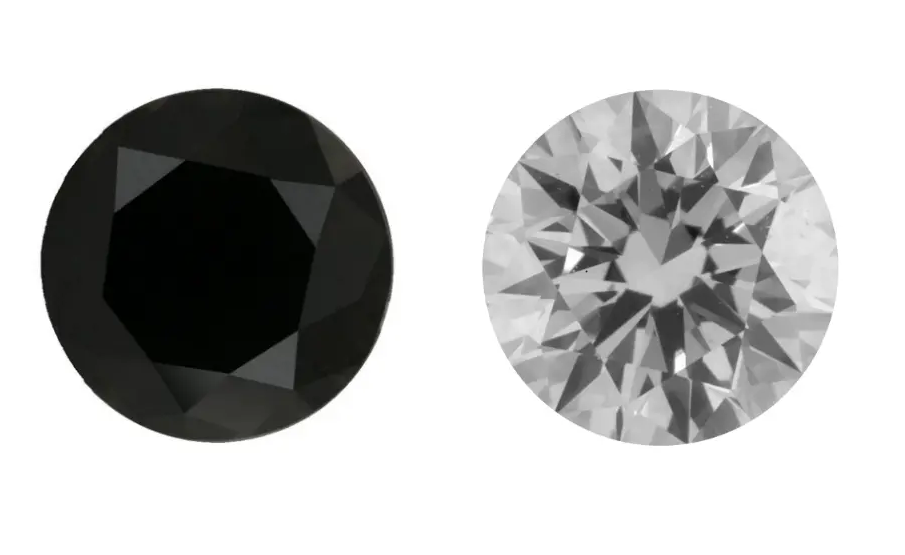
Natural black diamonds are known as “Carbonados” and they are considered to be the toughest form of a natural diamond. Since their occurrence is rare in nature, black diamonds are now formed in labs by treating normal colorless diamonds at high temperatures to get the black texture.
Natural white diamonds are true white diamonds that are milky, snowy or opalescent in color. They are very expensive too. Black diamonds on the other hand are not expensive since they are made in the lab as against the natural white diamonds that are mined and graded, which makes them precious.
Black & White Diamond Engagement Ring Designs:

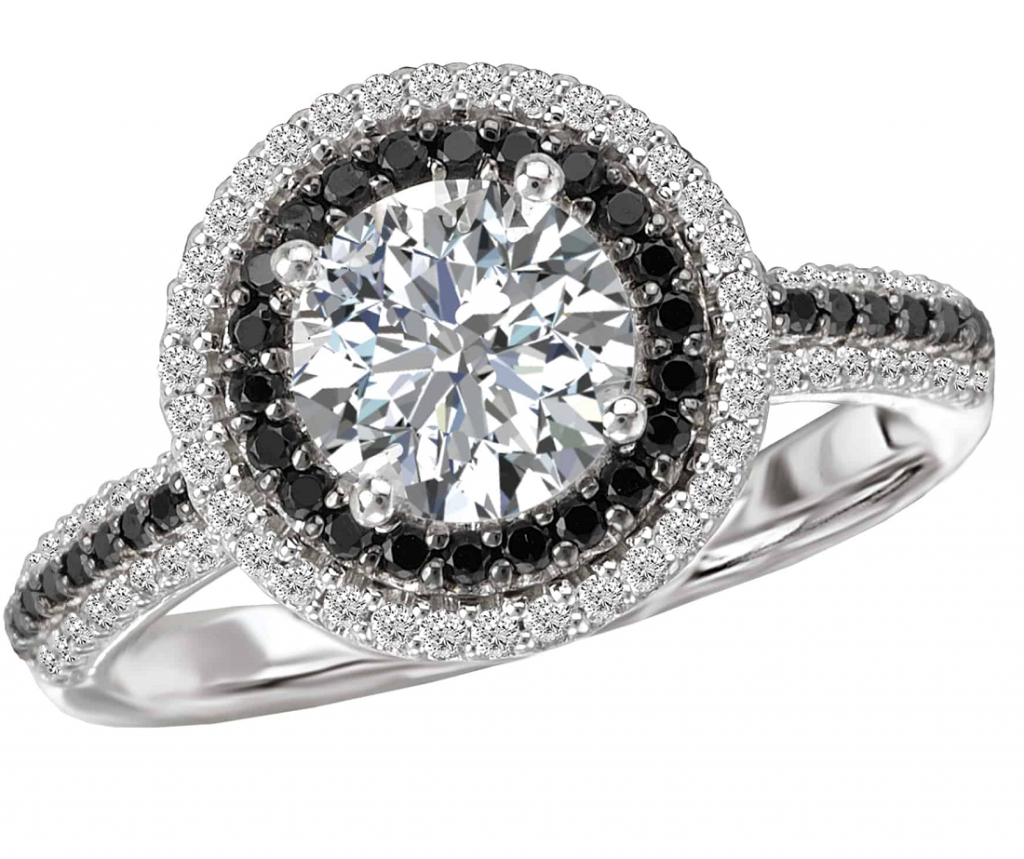











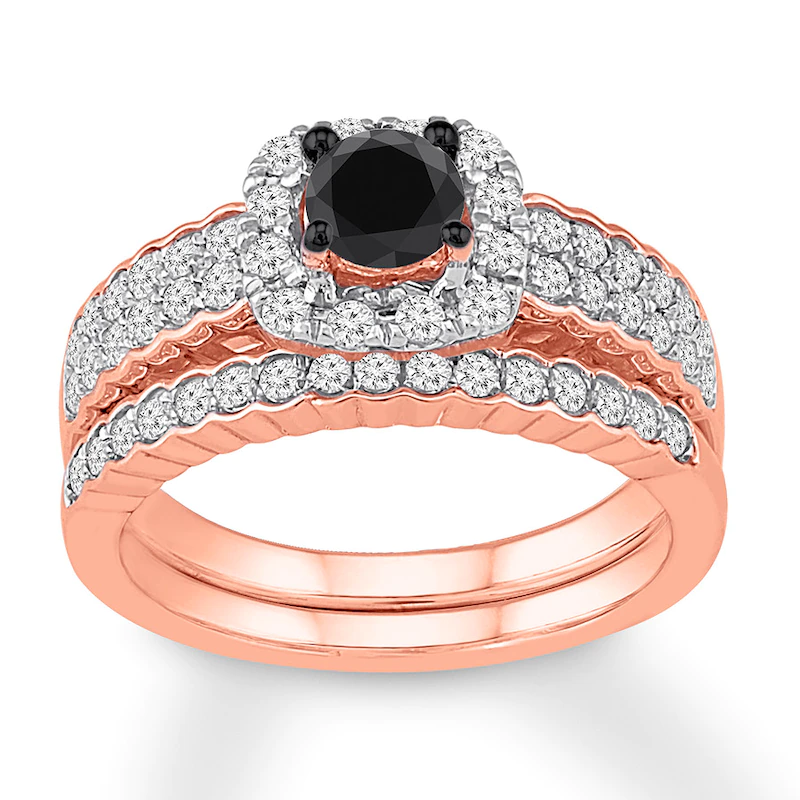


Black Diamond Grading Chart
The conventional GIA is not applicable for black diamonds since they absorb light and not reflect. Black diamonds grading system divides them mainly into 4 categories:
AAAA – This is extremely rare but has the highest rating.
AAA- This comes as the next high quality black diamond after AAAA and perfect for jewellery making.
AA-Less lustrous stone that can be dull and uneven in color.
A- A budget friendly stone.
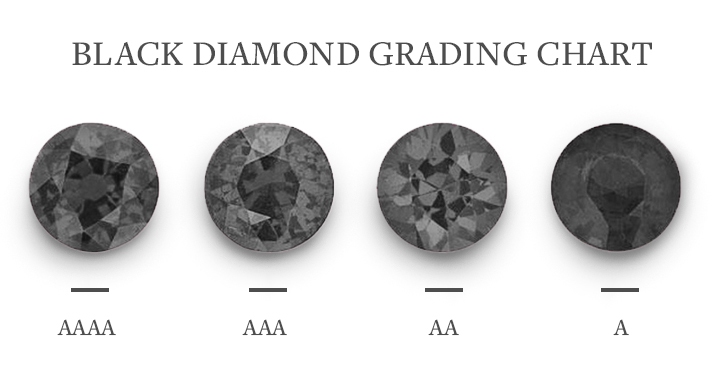
Shades of Black Diamond
Black diamonds are available only in one color – and that’s black with some minor difference in characteristics.
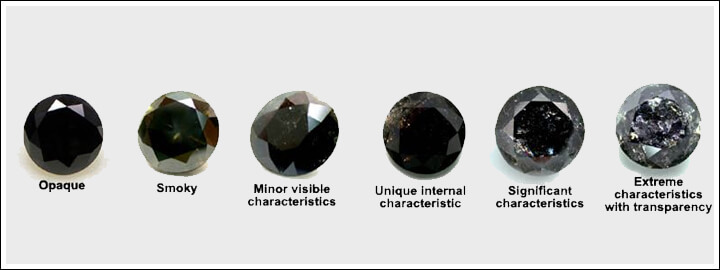
Natural Real White Diamond Chart
This chart describes the Color, Carat, Clarity & Cut- the 4 C’s, which is the most important factor to consider while buying diamonds.

Understanding the GIA Standard( 4C’s of Diamonds)
A diamond’s Color ranges from D through Z, with a D grade color being completely colorless and a Z grade color being saturated with a yellow tint. The ideal color is no color, which means colorless diamond is the most Valuable diamond.
The Clarity of a diamond is defined as its absence of blemishes and inclusions. The better the purity, better the Clarity. They are divided into following grades:
- FL/IF(Flawless or Internally Flawless) -No inclusions or blemishes visible
- VVS1/VVS2( Very Very Slightly included)- inclusions so slight that are hardly visible under 10x magnification
- VS1/VS2(Very Slightly Included)- Inclusions are observed with effort under 10x magnification, but can be characterized as minor
- S1/S2(Slightly Included)-Inclusions are noticeable under 10x magnification
- l1, l2, l3(Included)- Inclusions are obvious under 10x magnification which may affect transparency and brilliance
Diamond Carat weight determines how much the diamond weighs. The higher the Carat, bigger the diamond and costlier.
A diamond’s Cut determines its ability to transmit light & sparkle depending on how well the diamond’s facets interact with light. There are various types of cuts when it comes to diamonds that has to be understood. Among all the cuts, Round cut is the most common and popular one!


